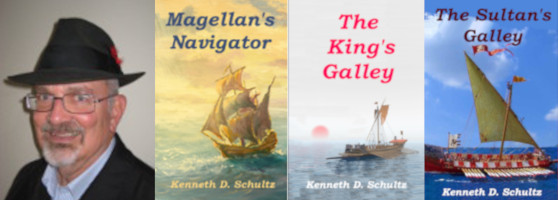Madrid is the third largest city in ‘traditional’ Europe behind London and Berlin, larger than Paris and Rome. I liked the feel of Madrid. It has wide boulevards and expansive plazas, while largely avoiding ugly high rises. It also doesn’t have the cramped historic medieval areas of other Iberian cities…because Madrid never was a city in medieval times. Its population was barely four thousand in 1530. Its growth only took off when King Philip II adopted it as a primary residence around 1562.
We didn’t see enough of Madrid to do it justice…just an hour-long bus tour of the city with a walking tour around the National Palace.
The Prado was the highlight of our time. An excellent tour guide helped us make the most of our visit there, although there is so much more that we could have seen. I have no art training, although I understand something of composition and the evolution of artistic styles over the years.
My main interest in art is using it to get a glimpse into the people, places, and ideas of the past. There were four paintings that I especially wanted to see. The oldest of these was Bosch’s The Garden of Earthly Delights from around 1500.

It is as weird to see in person as it was in books. Yes, it’s theme is something about Adam and Eve, earthly delights, and Hell. But what is Bosch trying to tell us? I don’t know. What I didn’t realized until researching the picture for this blog is that the triptych actually folds up. There is another picture on the wood of a world without people when the painting is closed.
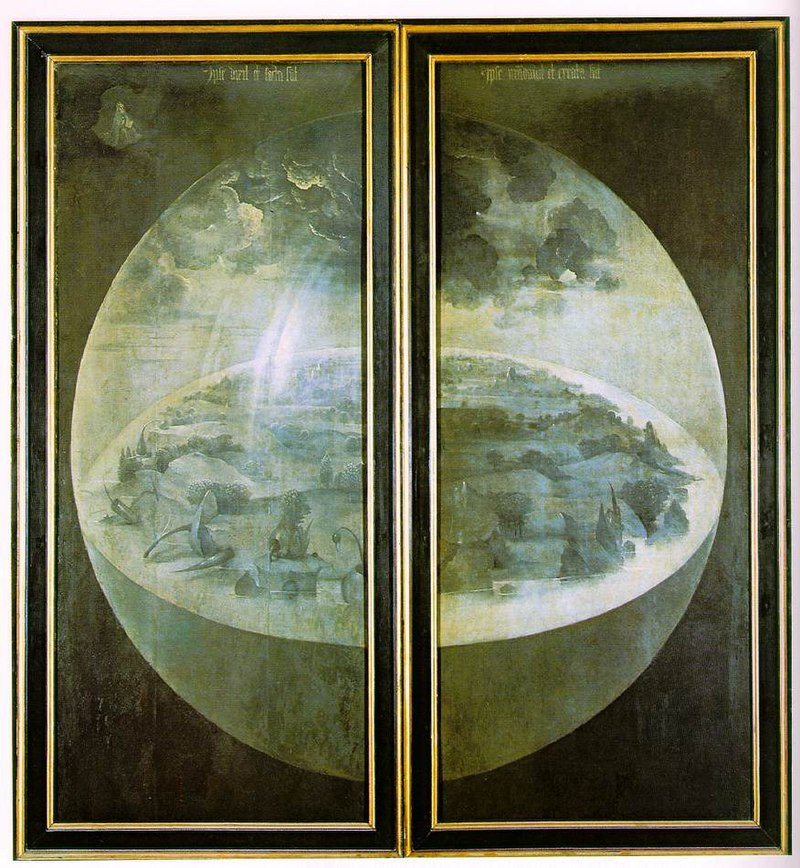
The second painting I sought out was Titian’s Equestrian Portrait of Charles V from around 1548.
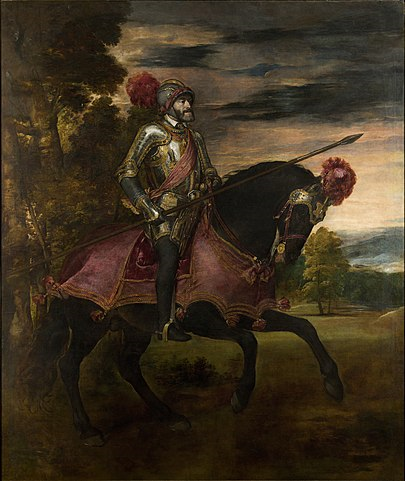
Commissioned by Charles’s sister, it depicts him at the Battle of Mühlberg, where his markedly larger army utterly defeated the hated Protestants. Charles looks every bit the majestic emperor. The pose is purely propaganda. Charles was a more effective ruler than most of the inbred nobility of his, and our, day. But in actuality he was carried into the battle on a litter due to gout plaguing him. Nonetheless, Titian’s work captures the essence of the ruler who ruled one of the greatest empires in mankind’s history.
The third painting that has always intrigued me is Velázquez’s Las Meninas from 1656.
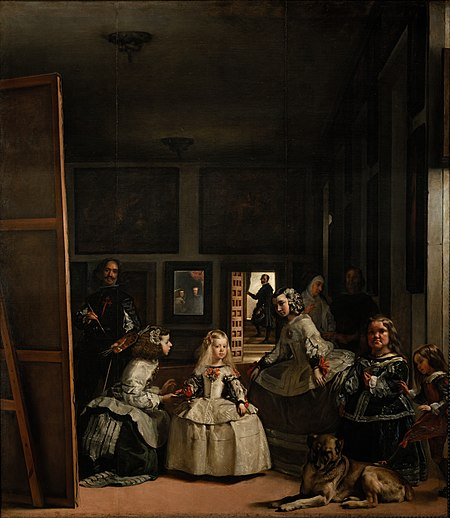
At first glance it is a portrait of little Infanta Margaret Theresa, the daughter of King Philip IV and his wife Mariana of Austria. These people are largely footnotes in history. But look at the painting more closely. In the background we can see the artist Velázquez at work at his easel, and reflected in a mirror Philip and Mariana are visible. There is so much going on here.
Finally, in less than two hundred years we go from the majesty and competence of Charles V to The Family of Charles IV as depicted by Goya in around 1800.
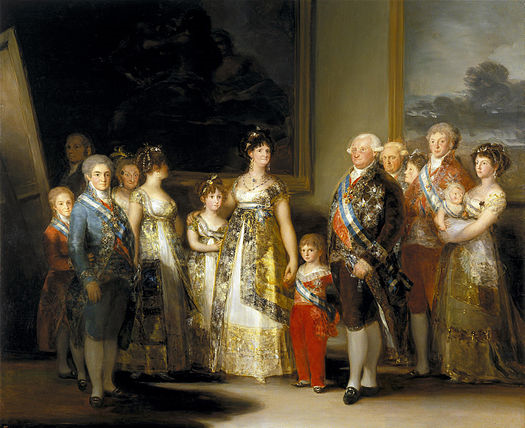
Like in Las Meninas, Goya paints himself in the background. There the similarity stops. The royal family presents themselves as buffoons, which subsequent history would show to be the fact. Ironically, the subjects don’t see that themselves. Other of Goya’s works in the Prado are more visceral, especially those dealing with the atrocities of the war against France.
I’ve barely touched on the masterpieces of the Prado. Other masters with their work there are Dürer, El Greco, and Rubens. I would like to go back and spend a day there as well as to see what else Madrid has to offer.
And so ended our journey through Portugal and Spain. I learned and experienced so much, but it was time to go home, especially because on the plane flight back I began to realize I likely had Covid. Fortunately, it turned out to be a mild case.
